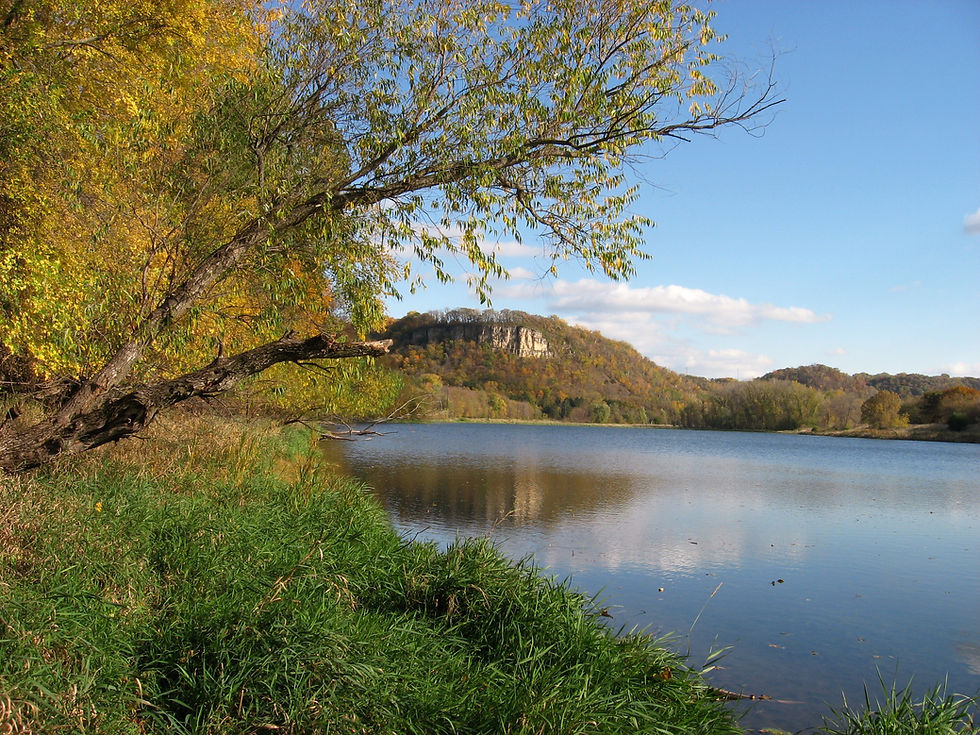Finally Some Color
- Bruce Ause
- Oct 10, 2016
- 2 min read

The peak colors for the Wacouta area are at least a week to ten days late this year. That could be attributed to all the moisture this summer and fall. Another factor could be that we didn't experience our first frost until the morning of October 8th.

Ring-billed Gulls
The soybean field next to us was combined on September 27th, and within two days, was worked up and immediately replanted to winter rye for next summer's harvest. Immediately a couple hundred ring-billed gulls showed up to take advantage of food exposed during the planting process. These gulls eat a variety of food including insects, grubs, earthworms not to mention the winter rye seeds that were just planted.

Ring-billed gulls in flight
Ring-billed gulls are very acrobatic in the air and can easily pluck tidbits from the air above a city park or parking lot.

Virginia Creeper
As one walks along the Rattlesnake Bluff trail, you will get glimpse of bright red vines climbing up a variety of trees. These vines are called Virginia Creeper or more commonly Woodbine. They produce fruits that look similar to wild grapes. One can distinguish the two by the color of the stems connected to the fruit. Virginia Creeper have red stems while grapes have green.

White Throated Sparrow
A familiar and welcome sight and sound on my spring canoe trips to the BWCA is the white throated sparrow. Their pretty wavering whistle call "Oh Sweet Canada" is a trademark of the northern forest in the spring. One week ago, I observed large numbers of white throated sparrows and bluebirds migrating through Wacouta headed for their wintering grounds in the southeast of this country




Comments